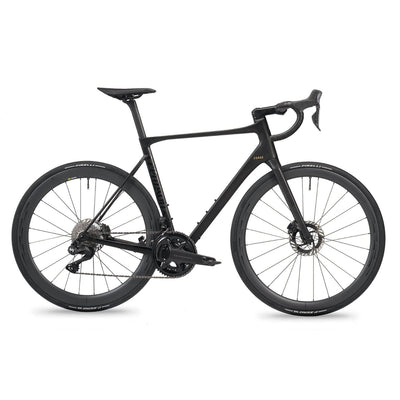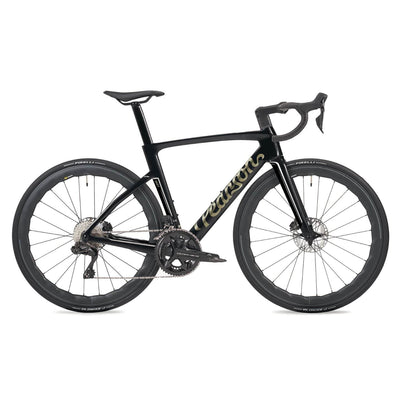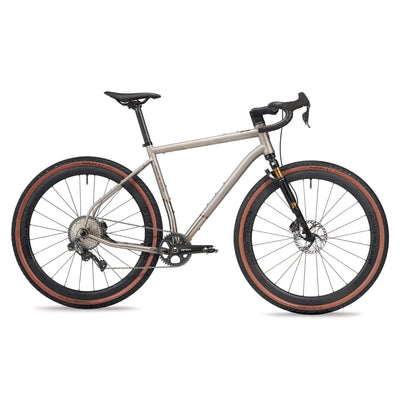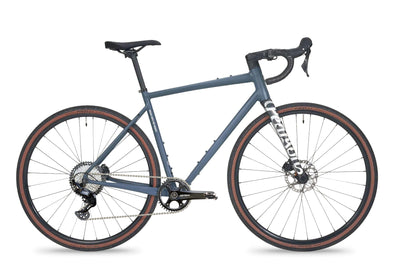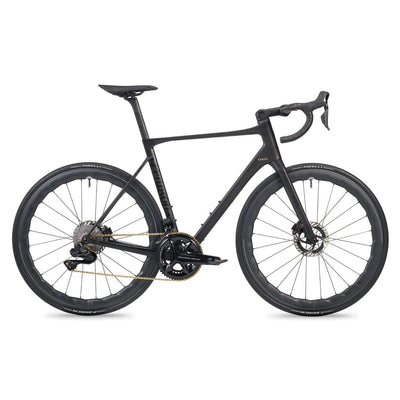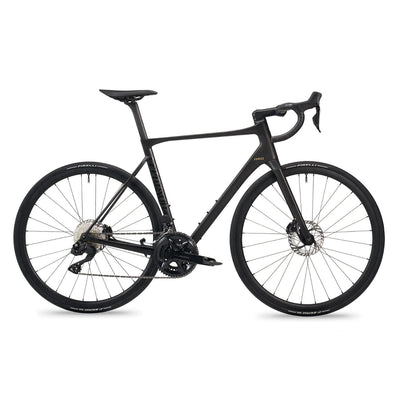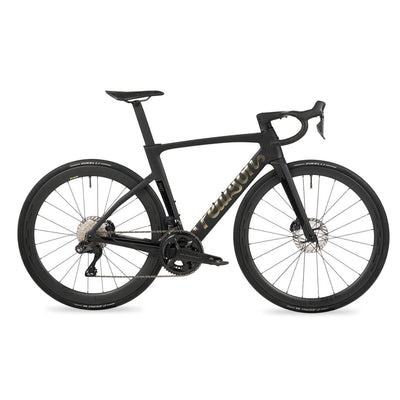THE POWER OF THREE
At Pearson’s London bike-fitting studio, our rider-centred philosophy means your bike is the very last thing on our minds. (Sort of.)
By Louise Waugh
A common misconception about bike fitting is that it’s only for the pros. Strange, given the object of a bike fitting is to determine a cyclist’s optimum position, thus enabling them to ride as efficiently as possible. It’s something the pros take for granted. “For elite riders, a bike fit is about fine-tuning,” explains Nas Karimi, Pearson’s expert bike fitter. “The riders who gain most from a bike fitting are novice and recreational riders.” In fact, Nas believes in ignoring the bike altogether, at least to begin with. At Pearson, this rider-centred philosophy comprises three core elements.
ONE. ASSESSMENT

Over-share, every little helps when it comes to your assessment.
Conducted in Pearson’s London bike fitting studio, a Pearson bike fitting begins with a one-to-one assessment of everything that influences your riding. Are you a commuter, club rider, or taking part in your first sportive? “Your cycling history isn’t necessarily that relevant,” says Nas. “A lot of people experience discomfort that’s not really to do with the bike and may have origins elsewhere. It’s often more useful to know about other sporting activities. If you’ve played rugby for years or had knee surgery, or maybe sprained an ankle.” This ‘health profile’ alerts Nas to any potential weakness.
During this off-bike assessment, the area Nas spends the most time on is the rider’s feet. “How you pedal starts with how you walk, so we check movement in the arches and through the forefoot.” He also observes feet for pronation (rolling in), or supination (rolling out). “If your feet pronate so will your knees,” says Nas. “That means the pelvis is misaligned, which in turn can lead to back problems.” He also notes the rider’s shoe size. “We clip in so the foot is stable,” Nas continues. “If a brand of shoes has a narrow fit, people often just buy a bigger size. This immediately means the cleat is in the wrong position. If you can move your foot in your shoe, there’s no benefit to being clipped in. If the foot is in the right position, however, you can ‘recruit’ the right muscles.”
TWO. THE JIG

Take it to the jig - it's just like riding a bike.
The next step takes place on the bike-fitting jig. Again, Nas is keen to stress it’s part of the wider process, one that includes taking measurements of the rider’s inseam, shoulder width and so on. Continually repositioning the rider allows Nas to obtain four optimal calculations: saddle height; saddle position (or 'fore and aft' for you boat enthusiasts) ‘reach’ to the bars (a lot of riders overreach, reducing efficiency); and lastly ‘drop’ (the difference between bar height and saddle height). He also analyses pedalling technique. Is the action even or is there ‘asymmetry’, with one side putting down more power? Again, it’s the analysis that is of more benefit to novices.
THREE. IMPLEMENTATION

Fit first, build after. All of our bikes are designed using bike-fitting data.
The final task is to set the bike up in the position determined by the bike fitting – and where Pearson comes into its own. “More mainstream brands make compromises,” Nas says, “using bars or stems that fit a range of frames. The frame size might be correct but the components are not.” Pearson’s crucial advantage, Nas adds, is that “we don’t build to sell. Pearson bikes arrive as a frame and only then do we choose the bars, stem, cranks and so on. The data from a bike fitting tells us what’s best for a specific rider and we don’t build the bike until we know precisely what’s needed.”
And that, you might think, is that. Except a Pearson fit doesn’t stop once you roll out of the studio. Indeed, Nas hopes it will be the start of a long-lasting relationship. After the initial bike-fitting, customers are emailed a report, including details of their position, as well as exercises to do off-bike. They are then encouraged to stay in touch, to see how they’ve settled into their new riding style, or if they need more help. “That’s the beauty of bike-fitting data,” Nas explains. “We know how everything fits together, so we can always make adjustments.”

Head to the hills! Give your new position a thorough road test.
At Pearson, we realise some customers won’t be able to make it to our London bike-fitting studio. So, inspired by the new normal, Pearson is launching a new online bike-fit sizing service. Taking key elements from our in-store fitting process, it allows riders to be fitted virtually with the assistance of one of our expert staff. Once you’ve selected your frame style and specification, our fitters will then liaise with you remotely to confirm your optimum components sizes and riding position to match Pearson's high standards of bike fitting.
If you would like to book a bike fit or find out more about what we can offer? Please click here.

